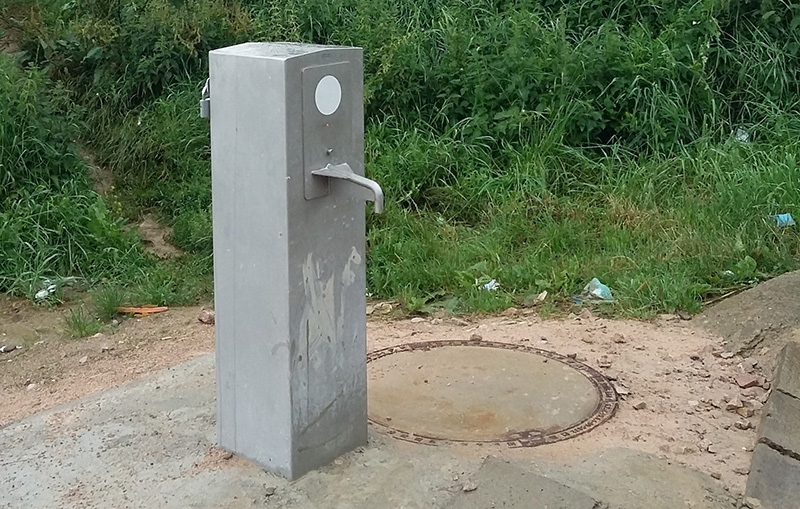Life in rural areas has many advantages, but easy access to health care isn’t necessarily one of them – particularly for residents who require specialist advice and support. ICT can bring such services within easier reach. A telemedicine project involving partners from five European countries has implemented a number of powerful solutions.
- 01 August 2017
Through the ITTS project we have learnt the benefits of transnational knowledge exchange, and we hope to produce tangible results from the investment of bringing these people together.
The ITTS project enabled participants to share best practice and adapt tried-and-tested systems from abroad for use in their own regions. It explored three main approaches — video conferencing, self-management systems, and home-based health services — by means of demonstrator projects, which were supported by an international team of e-health experts.
In total, 25 new services were set up by this network, which encompassed 48 sites in Finland, Ireland, Norway, Sweden and the United Kingdom. By the time the project ended in 2014, they had benefited nearly 4 000 patients.
Less legwork…
One of the more obvious advantages of telemedicine lies in the fact that it dispenses with a lot of unnecessary travel. While many situations do require a doctor and her patient to be physically present in the same room, this is not true of all of them. Smartphones, video-conferencing equipment and other ICT tools have opened up new possibilities for services such as speech therapy and the monitoring of irritable bowel syndrome – both of which feature on ITTS’s list of demonstrator projects.
Others address needs as varied as emergency psychiatric help, support with the management of diabetes, and remote physiotherapy. All were based on services that were already operated by one of the participants, and which other project partners chose to adopt.
Less travel time also means less wasted time: a brief appointment that involves a day trip into a distant town is much harder to arrange than one that merely requires patients to match diaries with their consultant. In addition to saving time and money, this possibility can therefore also help patients to obtain treatment faster and more flexibly.
…more care
Where the doctor might have had to do the travelling, telemedicine is a way to reclaim precious time to spend on patients rather than on the road. And it can also help to provide treatment that might simply not have been available in a remote location. Speech therapy, for example, is not a form of support that is readily accessible to all.
The project partners report positive feedback from the patients, nurses and doctors involved in the demonstrator projects. In addition, they note, solutions such as those showcased in ITTS are cost-effective: most of the services set up by ITTS were reported to generate returns on investment by the time the project ended, and the remainder were projected to follow suit.
A number of these services have endured, says project director David Heaney, who led the project on behalf of the University of Aberdeen’s Centre for Rural Health. The project’s app for the monitoring of irritable bowel disease, for example, has been embedded in daily practice in the Highlands and Islands region of Scotland, he notes, and it is even undergoing further development.
ITTS reached out to policy- and decision-makers to spread the word. “It has helped to shape service delivery and new healthcare projects in the Northern Periphery and Arctic region,” Heaney concludes.
Total investment and EU funding
Total investment for the project “ITTS – Implementing Transnational Telemedicine Solutions” is EUR 2 321 754, with the EU’s European Regional Development Fund contributing EUR 1 346 609 through the “Northern Periphery” Operational Programme for the 2007-2013 programming period.

